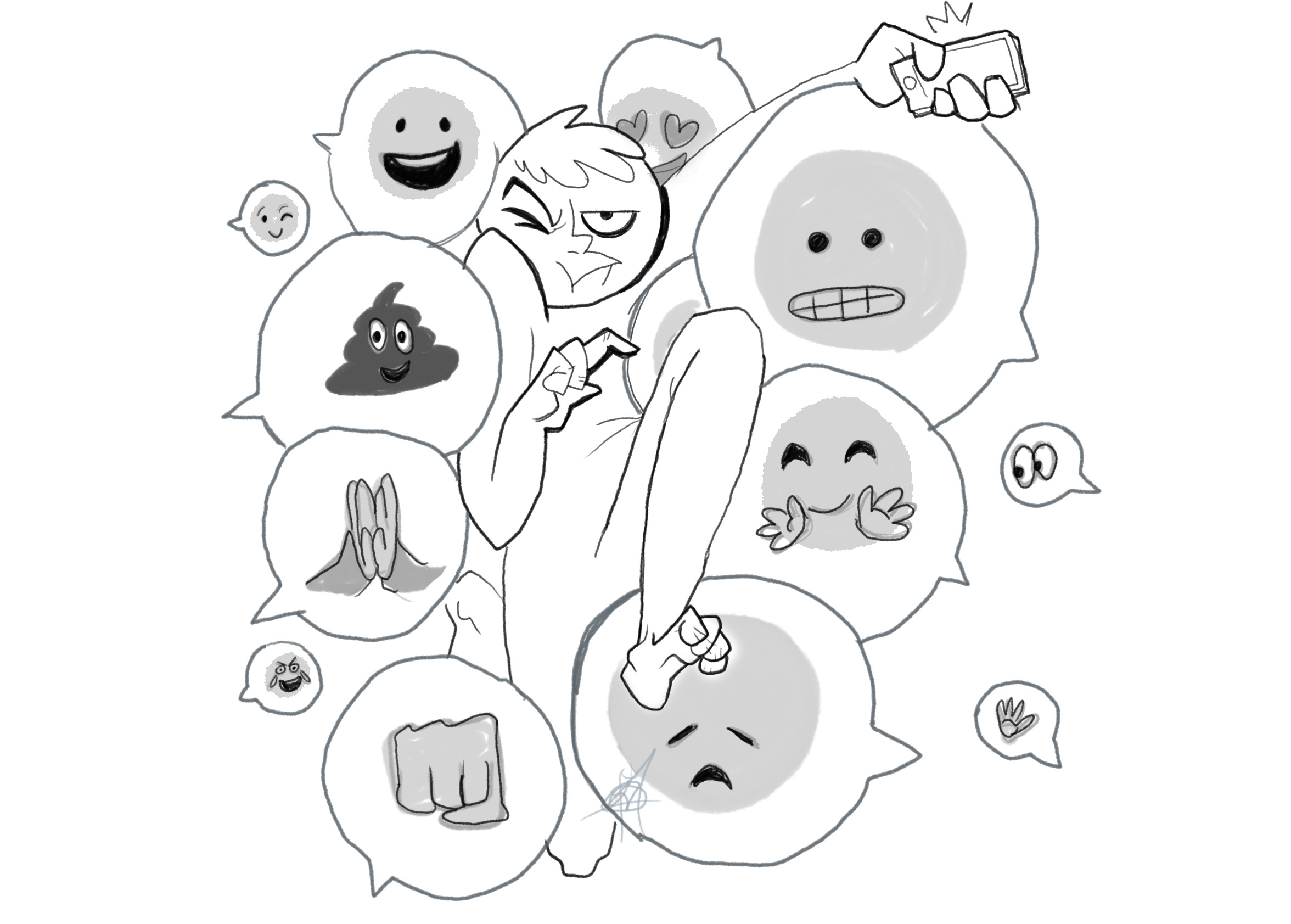Emilie Miranda | Executive Editor, Online
Featured Image: Technology has given us so many options for communication that it can be hard to figure out just how to approach it. | Rowan Campbell
I imagine that communication used to be a very stressful process. You would have to wait months for your letter to arrive at its intended destination—assuming the addressee was still in that location and the messenger was even able to deliver the message—hope that your meaning wasn’t misunderstood, and then wait for any replies to make their way back to you.
Who knows how long people would have to wait before realizing no reply was coming—either because the letter never made it, or the recipient decided not to reply—and this is all with a semi-functioning mail delivery system.
Today, we can safely say our mail delivery system is much more reliable and efficient—complaints about Canada Post’s rates aside—especially with the instantaneous communication options available through technology. But is communication now truly easier?
Everyone has their horror stories of group chats that can never actually decide on anything, attachments of the wrong file in an email to a professor or boss, and messages that throw shade at an unintended recipient—and these don’t even factor in the potential mishaps that can come with the use of autocorrect.
Suddenly, there’s a minefield of things to consider with the options that technology gives us—juggling group conversations with side conversations, deciding whether or not using an emoji is appropriate, attempting to successfully peek at notifications without triggering read receipts, and wondering if you should just suck it up and go see your professor in person.
Online communication and the etiquette associated with it is so prevalent and necessary that a few of my professors have even taken time out of their lectures to specify how to contact them depending on the nature of the question, going so far as to remind students how to structure emails, and giving examples of what to and what not to write in one.
However, 2,000 years since the first mail delivery—by couriers in the Roman Empire—and our biggest problem may still be the interpretation of messages that aren’t spoken face-to-face.
Take this exercise: the sentence “I never said she took my book” can be interpreted seven different ways, depending on which word you stress when speaking it. When reading it, however, perhaps only two or three of those interpretations may come to mind.
We need to remember that people might not mean exactly what they say in their emails and messages, and give them the benefit of the doubt—or, even better, ask them to clarify themselves. Don’t reply with an emotional reaction, especially if you’ve had a tough day, where it seems everyone is out to get you.
There’s a reason why companies spend so much time designing emojis for their operating systems and messaging platforms—even when they could look quite different to someone viewing them from a different operating system—and it isn’t just to make your messages look pretty. Intent becomes a little bit clearer when the message is followed by a laughing or angry face.
Sadly, emojis don’t quite work when replying to your professor about the mark you received on a paper, or your boss about getting more hours—sometimes, you do need to spend that extra 15 minutes refining your language. And, when in doubt, typing “how to say…?,” into Google can, in the long run, work wonders.


